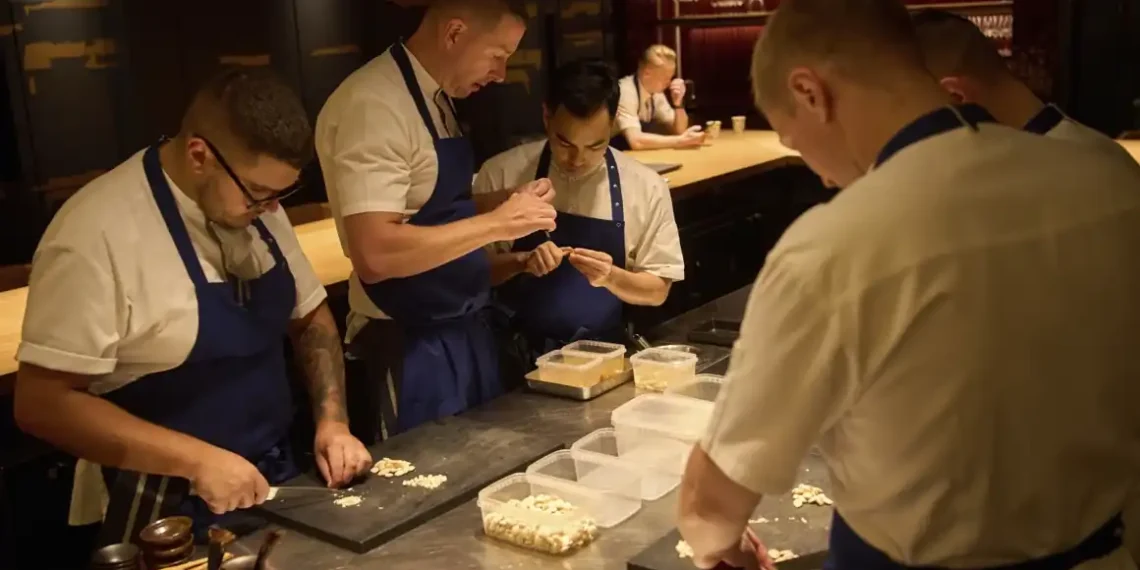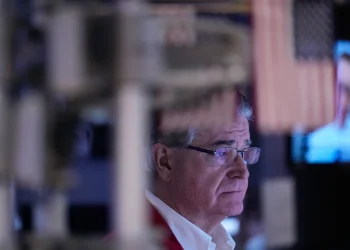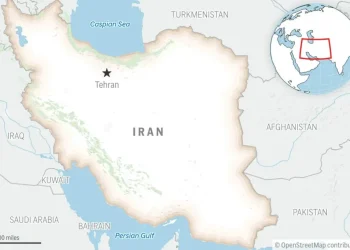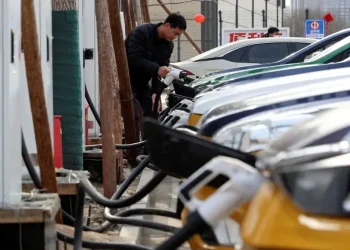Dubai’s Dining Boom Faces Growing Pains Amid Sky-High Costs and Fierce Competition
DUBAI, United Arab Emirates — From gold-dusted desserts to gravity-defying tables, Dubai’s restaurant scene is known for its jaw-dropping flair. With more than 13,000 dining establishments, it’s a city that never stops feeding — or competing.
But as the emirate races to cement its place as a global culinary capital, the cracks are starting to show. Skyrocketing costs, a saturated market, and unsustainable expansion are raising tough questions about the future of Dubai’s ambitious food empire.
A Global Food Destination — At a Cost
Dubai has one of the highest concentrations of restaurants per capita in the world — second only to Paris. Its food scene caters to every budget and palate, offering everything from affordable biryani joints to $500 tasting menus by Michelin-starred chefs.
That diversity is by design. Dubai is battling neighboring countries like Saudi Arabia and Qatar for tourist dollars, and so far, it’s winning. Tourists outnumber locals five to one, and they spend more per visit than travelers to the U.S. or Saudi Arabia, according to global restaurant consultant Aaron Allen.
But keeping tourists — and food influencers — wowed requires more than good food. “Gone are the days when it just tastes good,” said Kym Barter, general manager of Atlantis The Palm, which boasts more Michelin stars than any other resort in the region.
Immense Pressure on Restaurants
Despite the glitz, staying afloat in Dubai’s cutthroat food industry is no easy task.
High operating costs and eye-watering rents — often topping $100 per square foot in premium districts — are squeezing restaurant owners. Empty tables during peak hours, even at prime locations, are not uncommon.
And with nearly nine expats for every Emirati citizen, plus a heavy reliance on tourists and temporary residents, customer loyalty is fleeting. “The audience is always changing,” said Waseem Abdul Hameed, operations manager at Dubai institution Ravi.
Traffic congestion only adds to the challenge. “Sometimes I think twice before visiting a restaurant because of how bad traffic is,” Abdul Hameed added.
Growth at Breakneck Speed
Still, Dubai’s restaurant industry continues to expand. The city issued nearly 1,200 new food and beverage licenses in 2023 alone, according to the Department of Economy and Tourism — even as many existing establishments quietly close.
This breakneck growth is fueled in part by investor expectations. Americana, the Gulf operator behind KFC and Pizza Hut, exemplifies the pressure publicly traded firms face to keep opening new locations.
“It’s like a bubble,” Allen warns. “Too many people have too much money and don’t know what to do besides open restaurants.”
Delivery Boom, Worker Risks
As profit margins tighten, many restaurants have turned to food delivery apps for survival. But this shift has come at a human cost. Thousands of delivery workers zip through Dubai’s congested roads daily under tight deadlines and with minimal safety protections.
Seventeen delivery drivers died on the job last year, according to the Khaleej Times. Most are low-paid migrant workers who power both the construction sites of Dubai’s ever-expanding skyline and its food delivery infrastructure.
Dubai’s Dining Dilemma
The city’s explosive food scene is emblematic of the UAE’s broader strategy to diversify its economy beyond oil. Billions have been poured into tourism and entertainment, with Dubai’s relaxed stance on alcohol and nightlife helping attract international visitors.
But many insiders worry the model isn’t sustainable. Despite Michelin stars and social media hype, the math doesn’t always work in a city where operating expenses have more than doubled since the 2009 financial crisis.
Chef Torsten Vildgaard, whose $540-a-head restaurant FZN by Björn Frantzén earned three Michelin stars this year, remains optimistic. “We’re only seeing the tip of the iceberg,” he said.
Yet behind the gleam of five-star dining and influencer-ready aesthetics, many restaurateurs are quietly struggling. “You can’t rely on flash alone,” said Allen. “At some point, there has to be substance — and sustainability.”
Bottom Line
Dubai may be on track to become one of the world’s premier food destinations. But with rising costs, high closure rates, and relentless competition, the city’s restaurant boom is running hot — and showing signs of strain.
Whether the industry can balance ambition with sustainability will define the next chapter in Dubai’s evolving culinary story.
This article was rewritten by JournosNews.com based on verified reporting from trusted sources. The content has been independently reviewed, fact-checked, and edited for accuracy, neutrality, tone, and global readability in accordance with Google News and AdSense standards.
All opinions, quotes, or statements from contributors, experts, or sourced organizations do not necessarily reflect the views of JournosNews.com. JournosNews.com maintains full editorial independence from any external funders, sponsors, or organizations.
Stay informed with JournosNews.com — your trusted source for verified global reporting and in-depth analysis. Follow us on Google News, BlueSky, and X for real-time updates.














